How digestible are wheat middlings in pig feed?
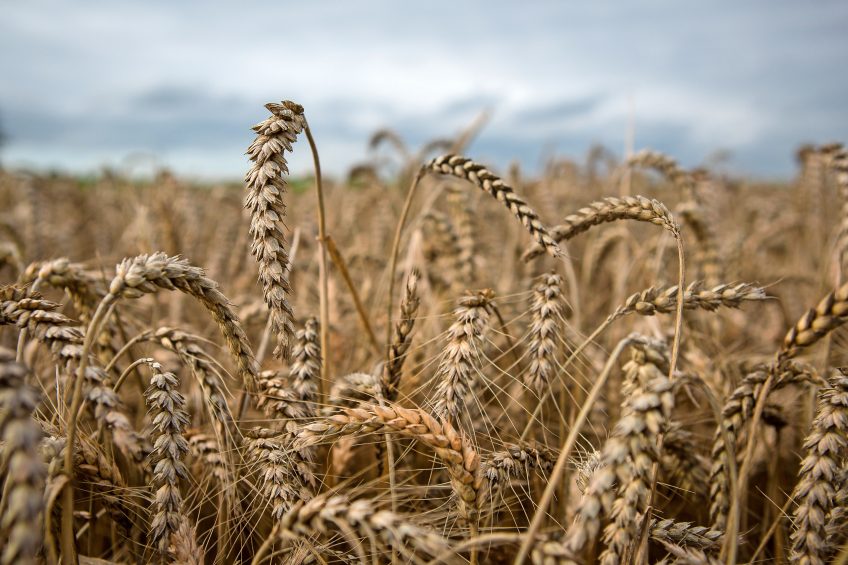
Are co-products like wheat middlings and red dog useful as ingredients for pig feed? Trials at the University of Illinois zoomed in on what the nutritional value is of these ingredients.
In a report on the website of Prof Hans H. Stein’s Monogastric Nutrition Laboratory, the trials have been described in more detail. Wheat middlings and red dog, the authors wrote, are coproducts of the wheat milling process that are used as a source of energy and protein in animal feed.
Wheat middlings are granular particles of the wheat endosperm, bran and germ. Red dog consists mainly of the aleurone layer that lies between the bran and the endosperm, along with small particles of bran, germ and flour. It is often used in extrusion mixtures and as a pellet binder.
Co-products from China
The researchers continued to write that the digestibility of crude protein and amino acids in wheat co-products produced in China has been reported, but there is limited information about the nutritional value of wheat middlings and red dog produced in the United States. In addition, because wheat coproducts vary in terms of the conditions under which they are produced, their nutritional value may vary as well.
Therefore, the objective of their experiment was to determine the concentration and digestibility of crude protein and amino acids in ten sources of wheat middlings and in one source of red dog.
Experimental design
The scientists described, “In total, 12 cannulated pigs with an average initial body weight of 29.23 kg were used in this experiment. The experimental ingredients were 10 sources of wheat middlings from Colorado, Iowa, Illinois, Kansas, Michigan, Minnesota, Ohio, and Pennsylvania, and one source of red dog from Iowa. 12 diets were formulated based on cornstarch, sucrose and soybean oil.
“In total, 11 of the diets contained 45% of one of the test ingredients as the only source of amino acids. The 12th was an N-free diet that was used to determine basal endogenous losses of crude protein and amino acids. Because all diets contained amino acids in quantities less than the requirements for growing pigs, a supplemental amino acid mixture was fed during the first 5 days of each 7-day period but not on the last 2 days of each period when ileal digesta were collected.”
Amino acid composition and digestibility
It was reported that the concentration of crude protein in the 10 sources of wheat middlings varied between 17.0 and 18.8%, with a mean of 17.67%. Red dog contained 17% crude protein. The concentration of indispensable amino acids was consistent among the 10 sources of wheat middlings.
Wheat middlings contained an average of 0.72% lysine and 0.25% methionine, compared with 0.63 and 0.37% in red dog. The mean concentration of lysine relative to crude protein in wheat middlings was 4.05%, and in red dog it was 3.7%.
Crude protein in wheat middlings
The researchers concluded that the mean standardised ileal digestibility of crude protein in wheat middlings was 58.5%. There were no differences in standardised ileal digestibility of crude protein, histidine, or methionine among the 10 sources of wheat middlings, but there were variations in the standardised ileal digestibility of other indispensable amino acids.
In addition, the standardised ileal digestibility of crude protein and all amino acids except arginine and histidine they found to be greater in red dog than in wheat middlings. This result, they said, is probably due to the high concentrations of NDF and ADF in wheat middlings.
“In particular, the standardised ileal digestibility of lysine was 72.3% in red dog but averaged only 46.2% in wheat middlings, suggesting that the wheat middlings may also have been damaged by excessive heat during production.”
The research was performed by Gloria Casas and Hans H. Stein, University of Illinois.
Join 18,000+ subscribers
Subscribe to our newsletter to stay updated about all the need-to-know content in the pigsector, three times a week. Beheer
Beheer

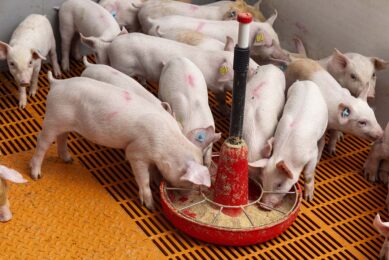
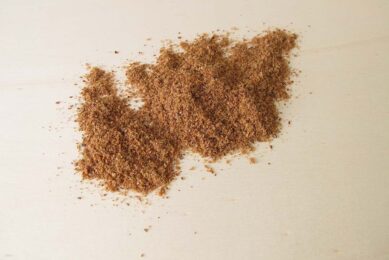
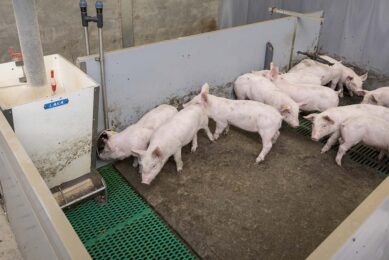
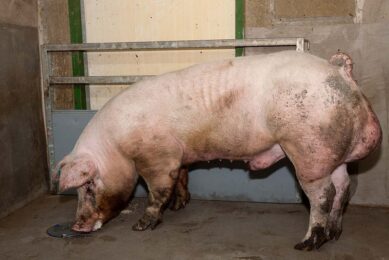





 WP Admin
WP Admin  Bewerk bericht
Bewerk bericht